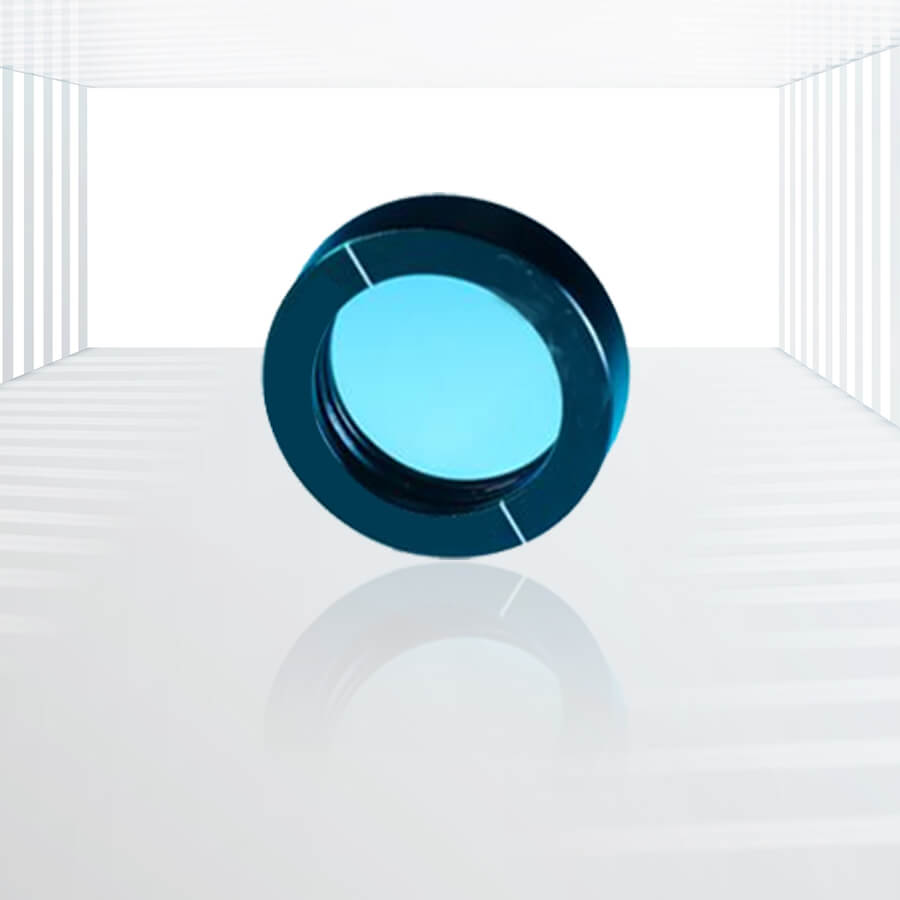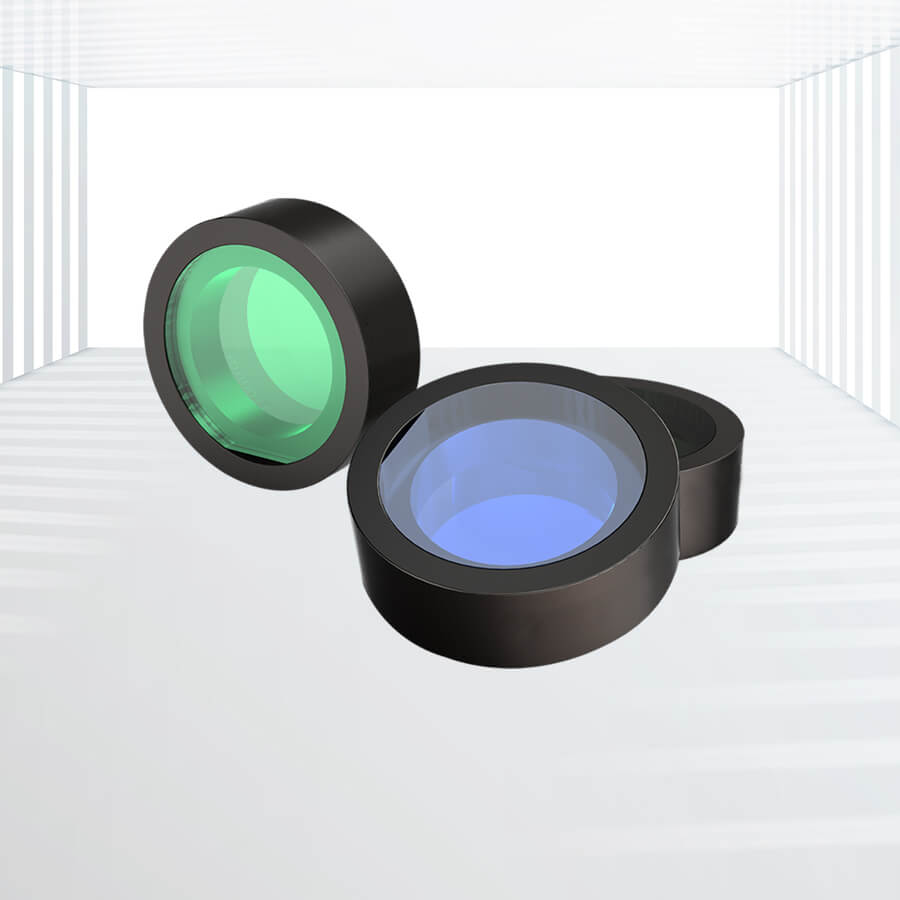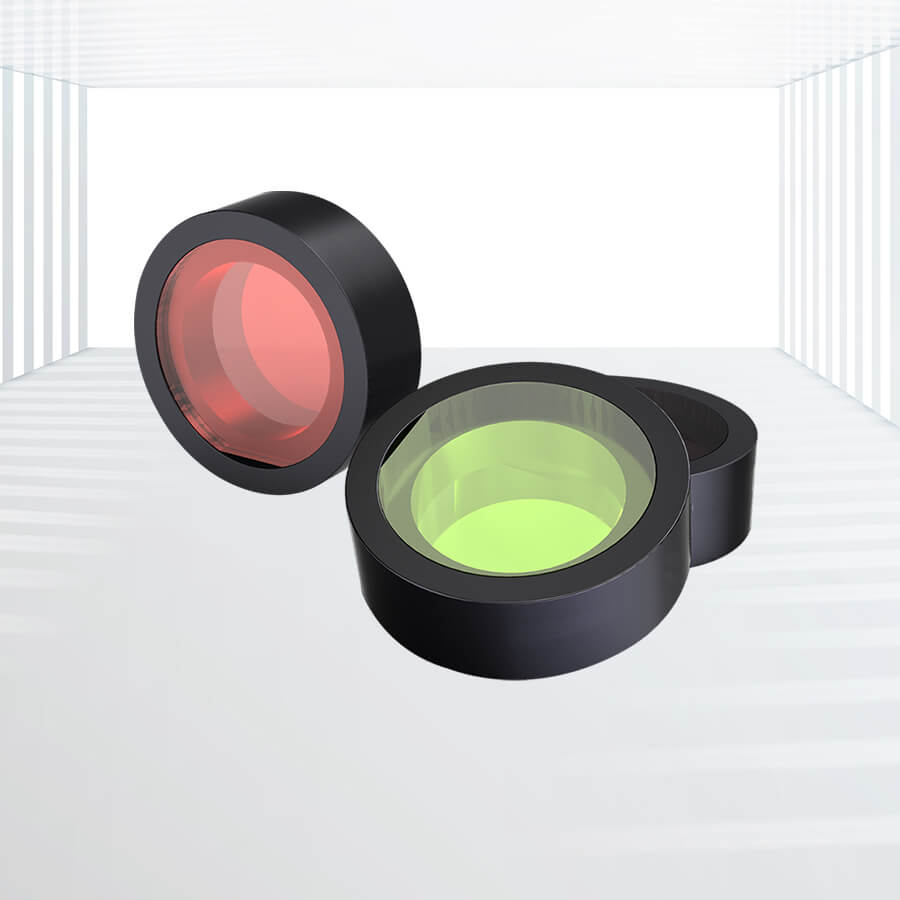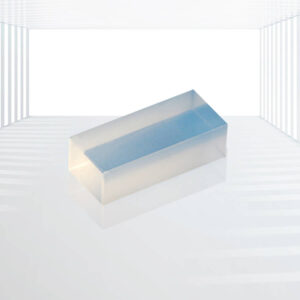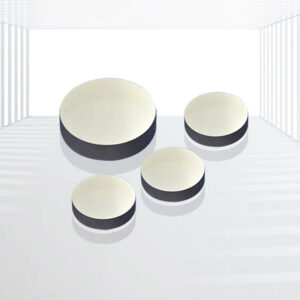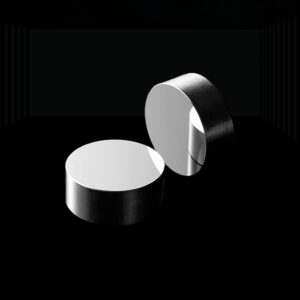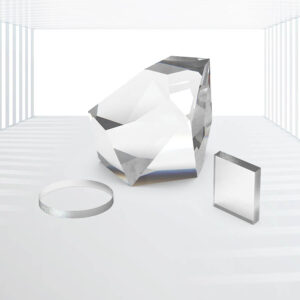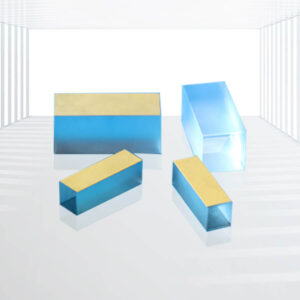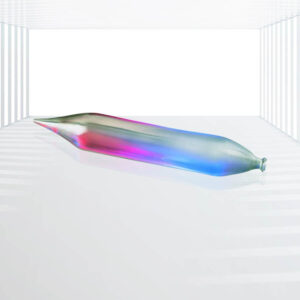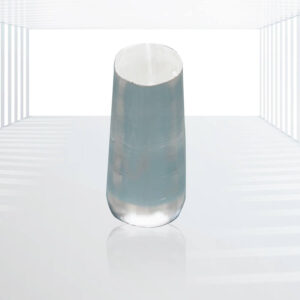Super Achromatic Waveplates
Extremely wide wavelength range:
Super Achromatic Waveplates are capable of providing virtually complete wavelength-independent phase delay over a very wide wavelength range. This is one of its most significant advantages.
High Phase Delay Stability:
Thanks to the use of a variety of birefringent materials such as quartz, magnesium fluoride, and sapphire, and through precise optical design, superachromatic waveplates are able to provide a flat and stable phase delay over a wide spectral range.
High transmittance:
These waveplates are typically coated with a broadband coating to increase the transmittance of the laser or other light source and reduce energy loss.
Low Dispersion:
By eliminating dispersion, superachromatic waveplates are able to provide consistent polarization conversion over a wide wavelength band, which is especially important for applications that require high-precision polarization control.
High-precision machining:
The manufacturing process of superachromatic waveplates often requires high-precision machining and assembly techniques to ensure that the performance of the waveplates meets the design requirements.
Applications: Laser system, Spectral analysis, Optical Communication, Optical Instruments, Scientific research, etc.
Super Achromatic Waveplates, offered by Kingwin Optics, are the high-performance version of Achromatic Waveplates. They consist of three Quartz single plates and three Magnesium Fluoride (MgF2) single plates, providing superior broadband functions. The working principle of Super Achromatic Waveplates is similar to normal Achromatic Waveplates. By aligning the fast axes and slow axes of the constituent waveplates made from two birefringent materials with complementary changes in birefringent indices against wavelength, the sensitivity of retardation to wavelength is significantly reduced.
Specifications:
| Wavelength Ranges: | 325-1100nm and 600-2700nm (quarter wave plate),
310-1100nm and 600-2700nm (half waveplate) |
| Surface Quality | 20/10 S/D |
| Parallelism | <1 arc sec |
| Wavefront Distortion | <λ/10@633nm |
| Damage Threshold | 0.5 J/cm^2 (1064 nm, 10 ns, 10 Hz, Ø1 mm) |
| Coating | AR coating |
| Mounter | 25.4mm (1 inch) Anodized Alumimium Mounter |
Features:
- Extremely wide wavelength range: Super Achromatic Waveplates are capable of providing virtually complete wavelength-independent phase delay over a very wide wavelength range. This is one of its most significant advantages.
- High Phase Delay Stability: Thanks to the use of a variety of birefringent materials such as quartz, magnesium fluoride, and sapphire, and through precise optical design, superachromatic waveplates are able to provide a flat and stable phase delay over a wide spectral range.
- High transmittance: These waveplates are typically coated with a broadband coating to increase the transmittance of the laser or other light source and reduce energy loss.
- Low Dispersion: By eliminating dispersion, superachromatic waveplates are able to provide consistent polarization conversion over a wide wavelength band, which is especially important for applications that require high-precision polarization control.
- High-precision machining: The manufacturing process of superachromatic waveplates often requires high-precision machining and assembly techniques to ensure that the performance of the waveplates meets the design requirements.
Applications:
- Laser system: In laser technology, superachromatic waveplates are commonly used in a variety of laser systems to achieve polarization control and modulation of laser beams.
- Spectral analysis: In spectroscopic analysis, superachromatic waveplates can be used to adjust the optical path of the spectrometer to improve the accuracy and resolution of spectral measurements.
- Optical Communication: In the field of optical communication, superachromatic waveplates can be used for polarization control, modulation, and demodulation of optical signals to improve the performance of communication systems.
- Optical Instruments: In various optical instruments, such as polarizing microscopes, ellipsomemeters, etc., superachromatic waveplates are also often used as key optical components.
- Scientific research: In the fields of physics, chemistry, biology and other scientific research, superachromatic waveplates can be used to achieve a variety of high-precision optical experiments and measurements.
Kingwin Optics offers standard versions of quarter or half retardance Super Achromatic Waveplates with three standard wavelength ranges from the Ultraviolet to the Infrared spectral: 325-1100 nm and 600-2700 nm (for quarter waveplates), or 310-1100 nm and 600-2700 nm (for half waveplates). The waveplates adopt a cemented structure, with the six composing plates cemented using NOA61 (Norland Optical Adhesive 61), an optical grade solid adhesive compliant to the Federal Specification MIL-A-3920. This adhesive is solvent-resistant and extremely temperature-durable, oriented for the best performance of these Super Achromatic Waveplates. The surfaces of the plates are AR coated to ensure high transmission and low power loss of the system. If you require other wavelength ranges, contact Kingwin Optics’ tech support for custom service arrangements.

